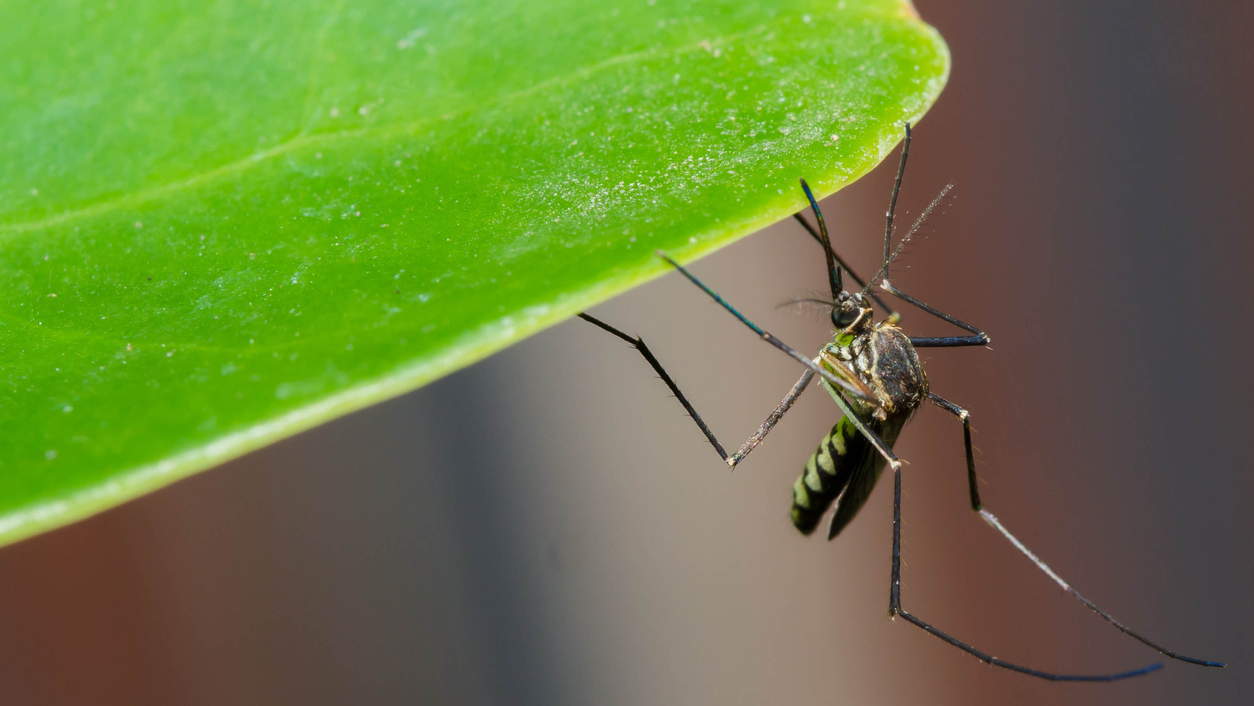
24 Apr Social science offers key insights for eliminating malaria in South East Asia
A team of social scientists and malaria researchers are investigating human behavior to improve malaria prevention and control.
Christopher Pell, AIGHD academic staff, is collaborating with a team from Mahidol-Oxford Tropical Medicine Research Unit (MORU) based in Siem Pang District, north east Cambodia, to understand forest activities with the aim of enhancing malaria prevention and control interventions.
Over the last 20 years, there has been a general decline in malaria across South East Asia. However, transmission continues in forested areas, particularly in isolated border regions.
“By visiting and working in forests, people put themselves at risk of contracting malaria. Because the workers are in a more remote area, they’re often left out of village-based treatment and prevention programmes so they cannot adequately protect themselves,” said Chris.
Stopping malaria transmission in South East Asia is now a global health priority. In this region, commonly used malaria drugs – artemisinin combination therapies – are becoming less effective and there is concern that resistant malaria parasites will spread to Africa provoking a public health crisis.
The team recently published a review of research on forest going and malaria prevention and treatment in South East Asia that highlighted the need for a more detailed understanding of forest activities and underlined how protective measures that prevent mosquito bites – such as hammock nets – are often not used when visiting forests. Specifically, hammock nets were difficult to find, expensive or uncomfortable in the hot and humid environment of the forest.
As a follow-up to the review, the team has interviewed forest workers in Siem Pang. Bordering Laos, this area experiences some of the highest rates of malaria in Cambodia and is home to an ethnically diverse population spread across isolated villages that are close to forests. Forest workers were asked about their work and what measures they took to protect themselves from malaria.
This information will be used to help tailor prevention strategies to the needs and preferences of forest-goers, with one potential approach giving workers malaria drugs as a preventive measure before they visit forests.
World Malaria Day
World Malaria Day is April 25 and an important opportunity to raise awareness and empower communities to take urgent ownership of malaria prevention and care.
After more than a decade of steady advances in fighting malaria, progress has levelled off. According to WHO’s latest World malaria report, no significant gains were made in reducing malaria cases in the period 2015 to 2017. The estimated number of malaria deaths in 2017, at 435 000, remained virtually unchanged over the previous year. Read more about the WHO’s malaria campaign.
